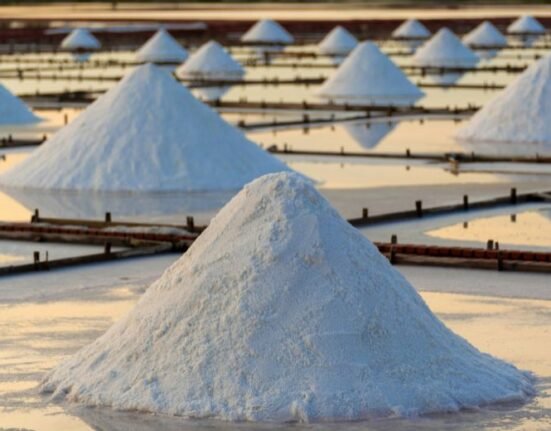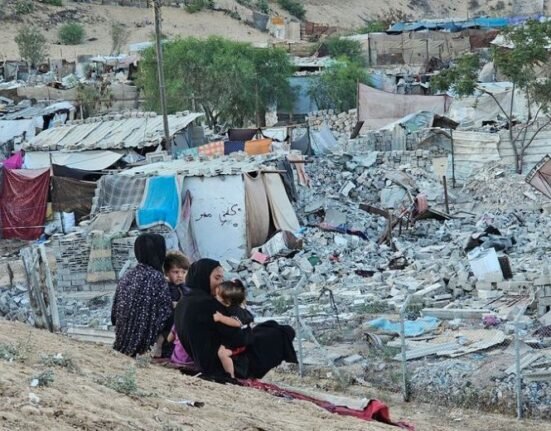HQ Team
September 17, 2024: The Earth’s ozone layer may recover fully by 2040, and five years later over the Arctic, if the current policies restricting the production of ‘damaging ozone-depleting substances’ prevail, the World Meteorological Organization stated.
The WMO stated that data from the latest annual ozone and ultraviolet bulletin showed strong evidence that recovery was well on track.
The “ozone could recover to 1980 levels – before any hole in the ozone layer appeared – by around 2066 over the Antarctic if current policies remain,” according to a WMO statement.
“Atmospheric abundances of tropospheric chlorine and bromine from long-lived ozone-depleting substances have continued to decline,” according to the bulletin.
‘Needed more than ever’
The UN Secretary-General, António Guterres, said further protection measures were essential. “The ozone layer, once an ailing patient, is on the road to recovery,” said UN Secretary-General António Guterres in a message.
“At a time when multilateralism is under severe strain, the Montreal Protocol to help protect the ozone layer stands out as a powerful symbol of hope.
“The Protocol’s Kigali Amendment, which focuses on phasing down hydrofluorocarbons – powerful climate-warming gases – can contribute to advancing climate mitigation efforts, protecting people and planet,” the Secretary-General said. “And that is needed more than ever, as temperature records continue to shatter.”
The bulletin explored the role of meteorological conditions and a major volcanic eruption on the Antarctic ozone hole in 2023. The Antarctic ozone hole has been slowly improving in area and depth since 2000, according to the most recent (2022) scientific assessment that UNEP and WMO supported.
Antarctic ozone hole
The 2023 Antarctic ozone hole was marked an early onset in late August, and its persistence into December. The important eruption of Tonga’s Hunga Tonga-Hunga Ha’apai volcano on 15 January 2022 increased the amount of water vapour in the stratosphere and resulted in some ozone transport changes.
The events pointed out there are relatively rare atmospheric events that can have an impact on the Antarctic ozone hole.
It also highlights that there is much variability at timescales from days to years in the development of the Antarctic ozone hole and that there are still gaps in the scientific understanding of that variability, according to the WMO.
The Ozone Research Managers of the WMO meet every three years to regularly review the status and needs of international ozone monitoring and research — the most recent being in April.
Human health
The bulletin also provided details on strategies to protect human health and the environment from ultraviolet radiation.
“From its inception up to the present day, one of the pillars of the Montreal Protocol has been its foundation in very high-quality science,” said Matt Tully, Chair, WMO Scientific Advisory Group on Ozone and Solar UV Radiation.
“The WMO Global Atmosphere Watch Programme continues to play an essential role in supporting ozone science through observations, analysis, modelling, data stewardship and capacity-building.
“Observations of ozone, ozone-depleting substances and ultraviolet radiation must be maintained with the quality, resolution and global coverage necessary to account for changes in ozone over the coming decades,” he said.
Many factors will influence the expected recovery of ozone, which must be fully measured and understood.”








